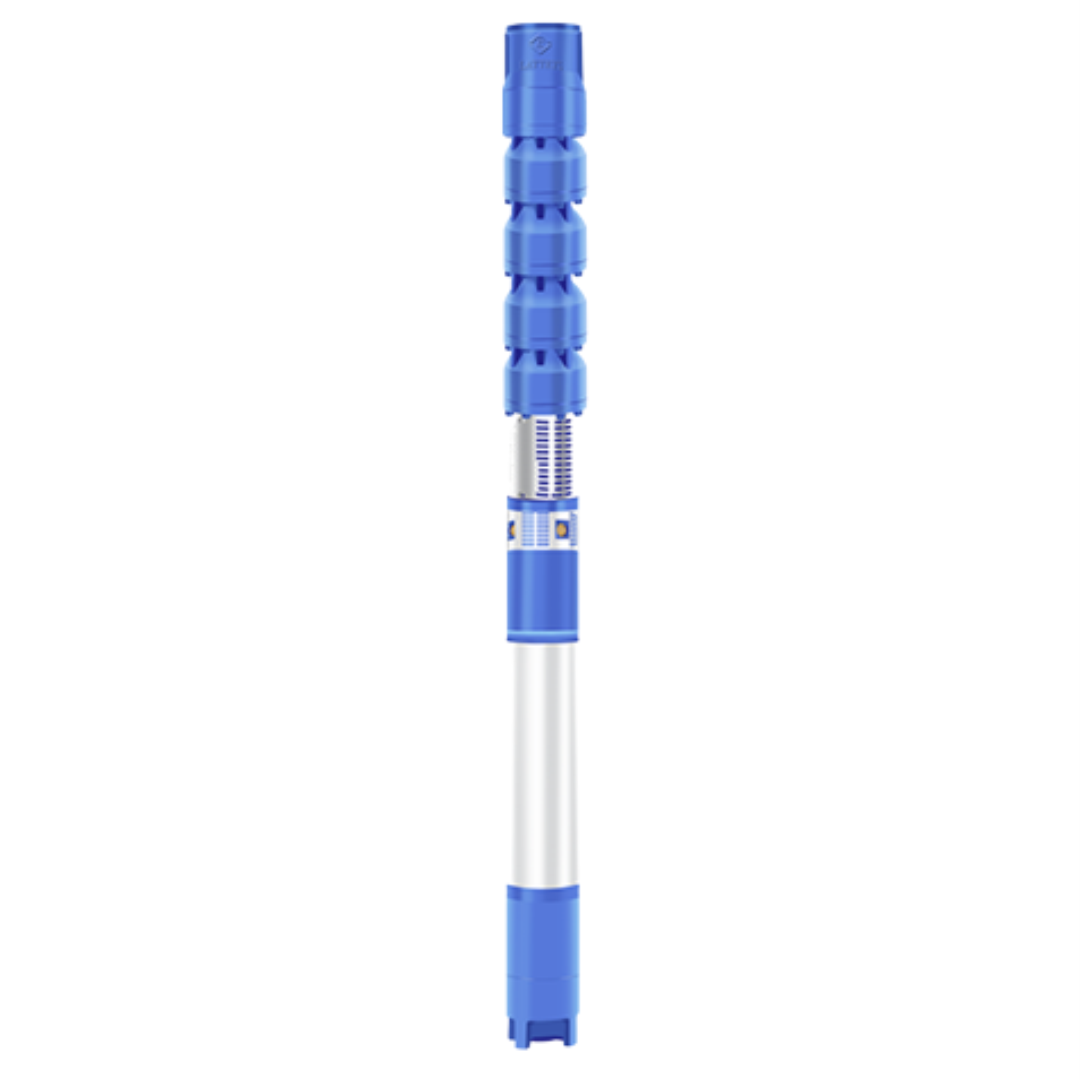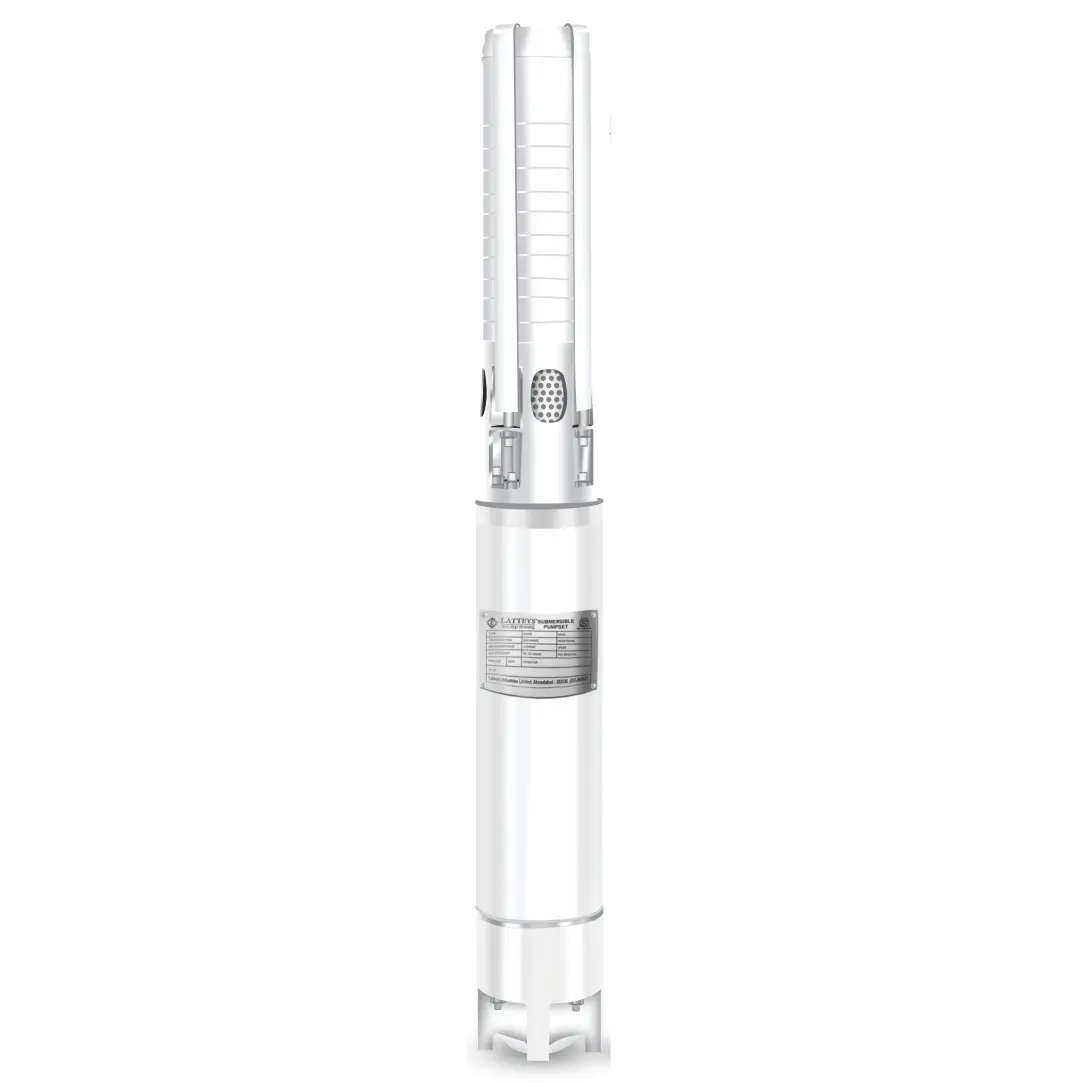Introduction:
In the realm of modern water supply and management, submersible pumpsets and submersible water pumps have emerged as indispensable tools. These innovative devices have transformed the way water is sourced, pumped, and distributed, particularly in contexts where groundwater extraction is vital. This blog explores the fascinating world of submersible pumpsets and submersible water pumps, shedding light on their functionality, applications, benefits, and maintenance considerations.

Understanding Submersible Pumpsets:
A submersible pumpset is a self-contained system that comprises a submersible motor and a pump designed to work while fully submerged in water. The motor is hermetically sealed to prevent water from entering, ensuring efficient operation even in challenging environments. These pumpsets are used primarily for extracting groundwater from wells, boreholes, and reservoirs. Their submersion eliminates the need for priming and reduces the risk of pump cavitation, ensuring a steady flow of water.
Components and Working:
Submersible Motor: The heart of the submersible pumpset is its electric motor, which is designed to withstand water immersion. The motor converts electrical energy into mechanical energy to drive the pump impeller.
Pump Impeller: The impeller is responsible for drawing water into the pump and imparting the necessary kinetic energy to propel it towards the surface.
Intake Screen: To prevent debris and large particles from entering the pump, an intake screen or filter is often used. This component enhances the pump's longevity and efficiency.

Discharge Pipe: The water is pushed up through a discharge pipe that carries it to the surface or the intended destination.
Applications:
Submersible pumpsets find applications across various sectors:
Agriculture: Irrigation of fields and crops.
Domestic Water Supply: Supplying water to homes and communities.
Industrial Sector: Water circulation in industries, cooling systems, and wastewater management.
Mining: Dewatering in mining operations.
Construction: Drainage and dewatering during construction activities.
Advantages:
Energy Efficiency: Submersible pumpsets are generally more energy-efficient compared to surface pumps due to reduced friction losses and improved hydraulic design.
Space Saving: Being installed below ground level, they save space and require minimal infrastructure.
Reliability: Submersion reduces the risk of pump cavitation and enhances the pump's overall reliability and lifespan.
Quiet Operation: The submersion in water dampens noise, leading to quieter operation.
Maintenance:
Regular maintenance is crucial to ensure the longevity and efficiency of submersible pumpsets:
Inspect Seals and Gaskets: Regularly check for any signs of leaks in the motor housing.
Clean Intake Screens: Prevent clogging by cleaning or replacing intake screens.
Electrical Checks: Ensure electrical connections are secure and insulation is intact.
Lubrication: Some pumps require periodic lubrication of bearings.
Motor Cooling: Verify that the motor's cooling system is functioning optimally.
Submersible Water Pumps:
Submersible water pumps, a subset of submersible pumpsets, are widely used for various purposes:
Sump Pumps: Remove water from basements and low-lying areas prone to flooding.
Deep Well Pumps: Lift water from significant depths for domestic or agricultural use.
Fountain Pumps: Power water features and fountains.
Sewage Pumps: Handle wastewater and sewage in residential and commercial settings.
Conclusion:
Submersible pumpsets and submersible water pumps have revolutionized water management by providing efficient, reliable, and space-saving solutions. From agricultural fields to urban households, their impact spans diverse sectors. Understanding their components, applications, advantages, and maintenance requirements is essential for harnessing their full potential and ensuring a sustainable water supply for generations to come.


